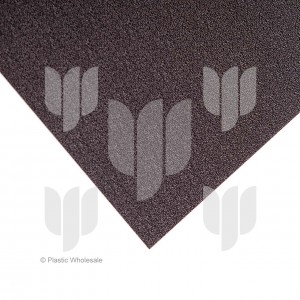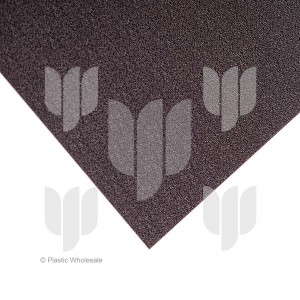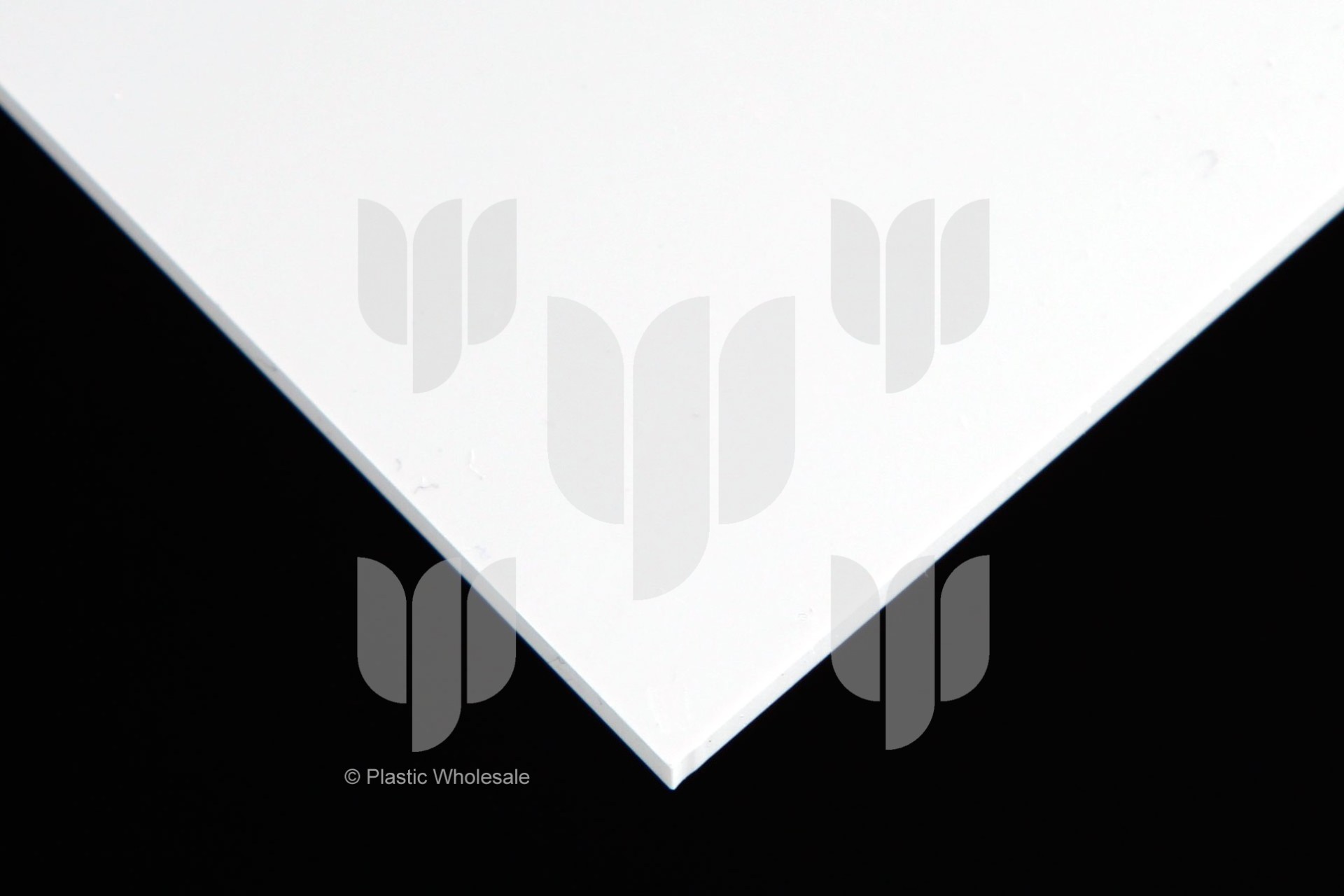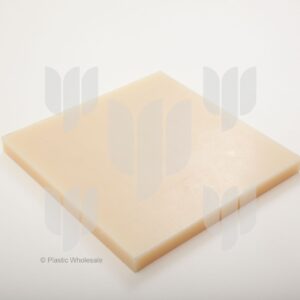About ABS
Acrylonitrile butadiene styrene (ABS) is a popular engineering thermoplastic that has been in use since the late 1940s.
ABS offers a good combination of properties, including high strength, ease of moulding, a high quality surface finish, good heat resistance and increased toughness compared to standard styrene.
These qualities make ABS suitable for a very wide range of applications, from car dashboards to office equipment casings, and children’s toys such as Lego.
 Download datasheet (143Kb)
Download datasheet (143Kb)
History
1948 – ABS is invented by adding butadiene rubber to styrene acrylonitrile copolymer.
1954 – The first ABS products are introduced to commercial markets by the Borg-Warner company.
1963 – The Lego Company switches from cellulose acetate to ABS for its popular Lego bricks.
Applications
ABS offers a good balance of qualities, combining the high strength and rigidity of styrene polymer with the toughness of butadiene rubber. It does, however, exhibit limited resistance to solvents, compared to other hard thermoplastics. It can be thermoformed using standard strip heating and vacuum forming equipment. Its uses include:
- Automotive components: ABS can be grade tailored to application requirements, including to electroplatable grades, making it suitable for motor vehicle components such as moulded ashtrays and interior finishings, and exterior items such as bumper bars
- Electrical appliances: The ease of moulding and excellent surface finish of ABS see it used as casing material for a wide variety of products, including mobile phones and computer shells
- Medical valves: ABS is used in medicine as construction material for primary selector valves for paediatric use
- Hospitality: ABS is used to make “Do Not Disturb” and “Please Clean Room” signs for hotel room doors
- Logging: ABS tags are placed on logged wood for ease of identification
Other uses of ABS include lawn mower covers, safety helmets, luggage shells, and pipes and fittings where exposure to moisture and chemicals restricts the use of metal.
Key Properties
General
Density relative to water (=1), 1.07
Water absorption (24 hrs), 0.30%
Thermal
Continuous Service Temperature, 80°C (176°F)
Melting point, 105°C (221°F)
Mechanical
Tensile Strength at Break, 44 Mpa
Elongation at Break, 30%
Flexural Strength, 65 Mpa
Impact Strength, Notched Izod @ 23°C, 0.25 – 4.40 J/cm (0.46 – 7.5 ft-lbs/in)
![]() Download datasheet (143Kb)
Download datasheet (143Kb)





